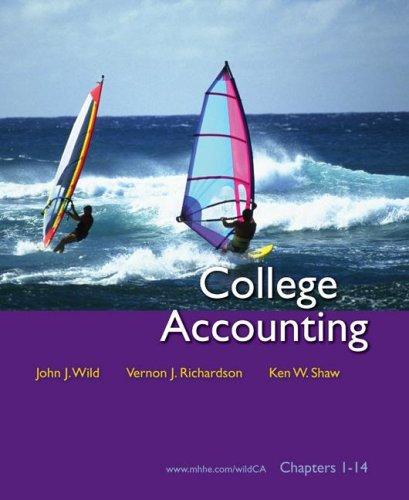Answered step by step
Verified Expert Solution
Question
1 Approved Answer
If the fair value of the leased property at the inception of the lease is greater than its cost of carrying value, the lease will


If the fair value of the leased property at the inception of the lease is greater than its cost of carrying value, the lease will be classified a sales-type capital lease and a manufacturer's or dealer's profit will be recorded by the lessor. Otherwise, the lease will be classified as a direct-financing capital lease and no manufacturer's or dealer's profit will recognized at the inception of the lease.
What is the cost of carrying value? What is the cost of carrying value in the above problem?
These additional criteria apply only to the lessor and are necessary for the lessor to record the sale portion of a capital lease transaction. For the lessor, the lease is a capital lease if it meets one of the four capitalization criteria and both of the recognition criteria. If the lease is classified as a capital lease, the lessor will account for it as either a sales-type capital lease or a direct financing capital lease. If the fair value of the leased property at the inception of the lease is greater than its cost of carrying value, the lease will be classi- fied a sales-type capital lease and a manufacturer's or dealer's profit will be recorded by the lessor. Otherwise, the lease will be classified as a direct-financing capital lease and no manufacturer's or dealer's profit will recognized at the inception of the lease. For the lessor, the lease is an operating lease only if it does not meet any of the four capitalization criteria or fails one of the recognition criteria. In this case, the lessor recog- nizes rent revenue cach period, and the leased asset remains on its balance sheet. Example: Equipment Is Leased and Lease Does Not Transfer Ownership or Provide a Bargain Purchase Option Hawk Company (the lessee) and Dove Leasing Company (the lessor) sign a lease agree- ment dated January 1, 2016, in which Hawk leases equipment from Dove beginning January 1, 2016. The lease contains the terms and provisions shown in Example 20.2. EXAMPLE 20.2 Terms and Provisions of Lease Agreement between Dove Leasing Company (Lessor) and Hawk Company (Lessee) Dated January 1, 2016 1. The lease term is 4 years. The lease is noncancelable and requires equal payments of $32,923.45 at the end of each year, 2. The cost, and also fair value of the equipment to Dove at the inception of the lease is $100,000. The equipment has an estimated economic life of 4 years and has a zero estimated residual value at the end of this time. 3. Hawk does not guarantee the residual value. 4. Hawk agrees to pay executory costs for maintenance of $4,000 per year directly on December 31 of each year. 5. The equipment reverts to Dove at the end of the 4 years; that is, the lease contains no transfer of ownership or bargain purchase option. 6. Hawk's incremental borrowing rate is 12.5% per year. 7. Hawk uses the straight-line method to record depreciation on similar equipment. 8. For Dove, the interest rate implicit in the lease is 12%. Hawk knows this rate. 9. The present value of an ordinary annuity of four payments of $32,923.45 each at 12% is $100,000 (3.037349 x $32,923.45)
Step by Step Solution
There are 3 Steps involved in it
Step: 1

Get Instant Access to Expert-Tailored Solutions
See step-by-step solutions with expert insights and AI powered tools for academic success
Step: 2

Step: 3

Ace Your Homework with AI
Get the answers you need in no time with our AI-driven, step-by-step assistance
Get Started


